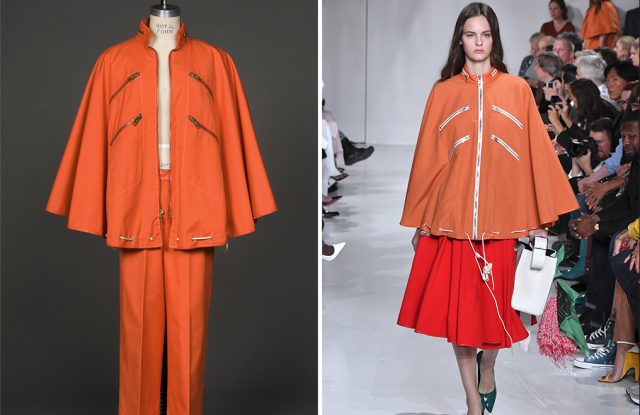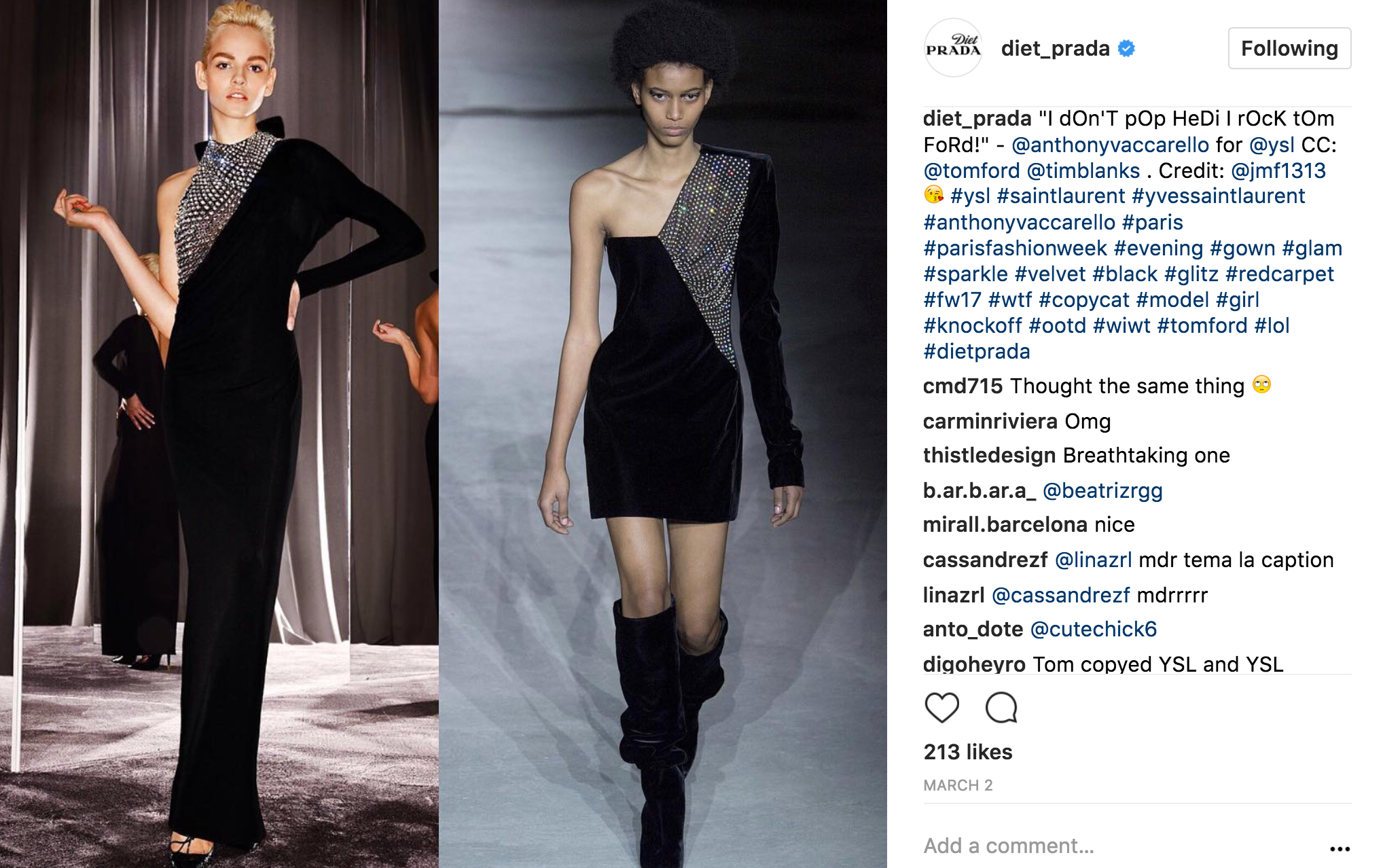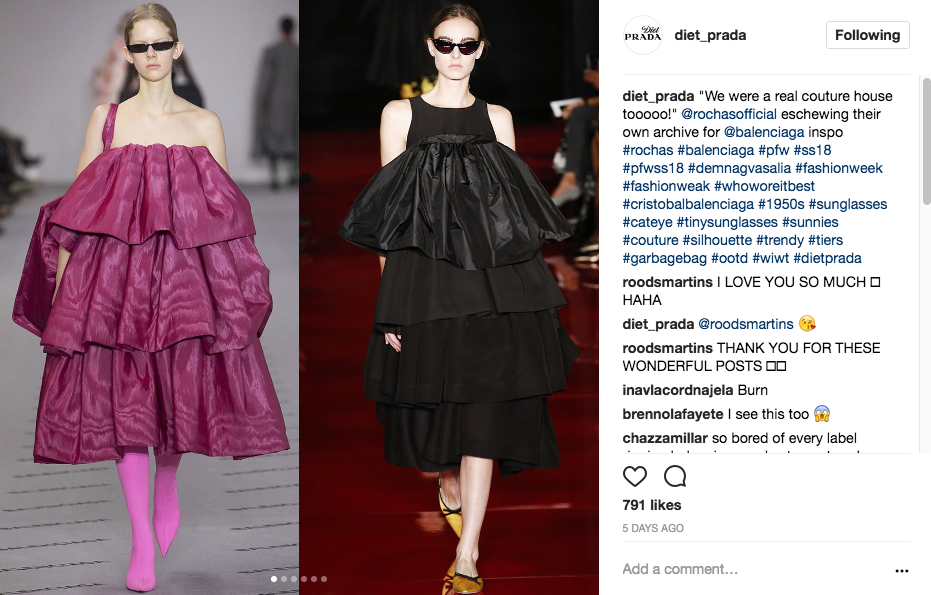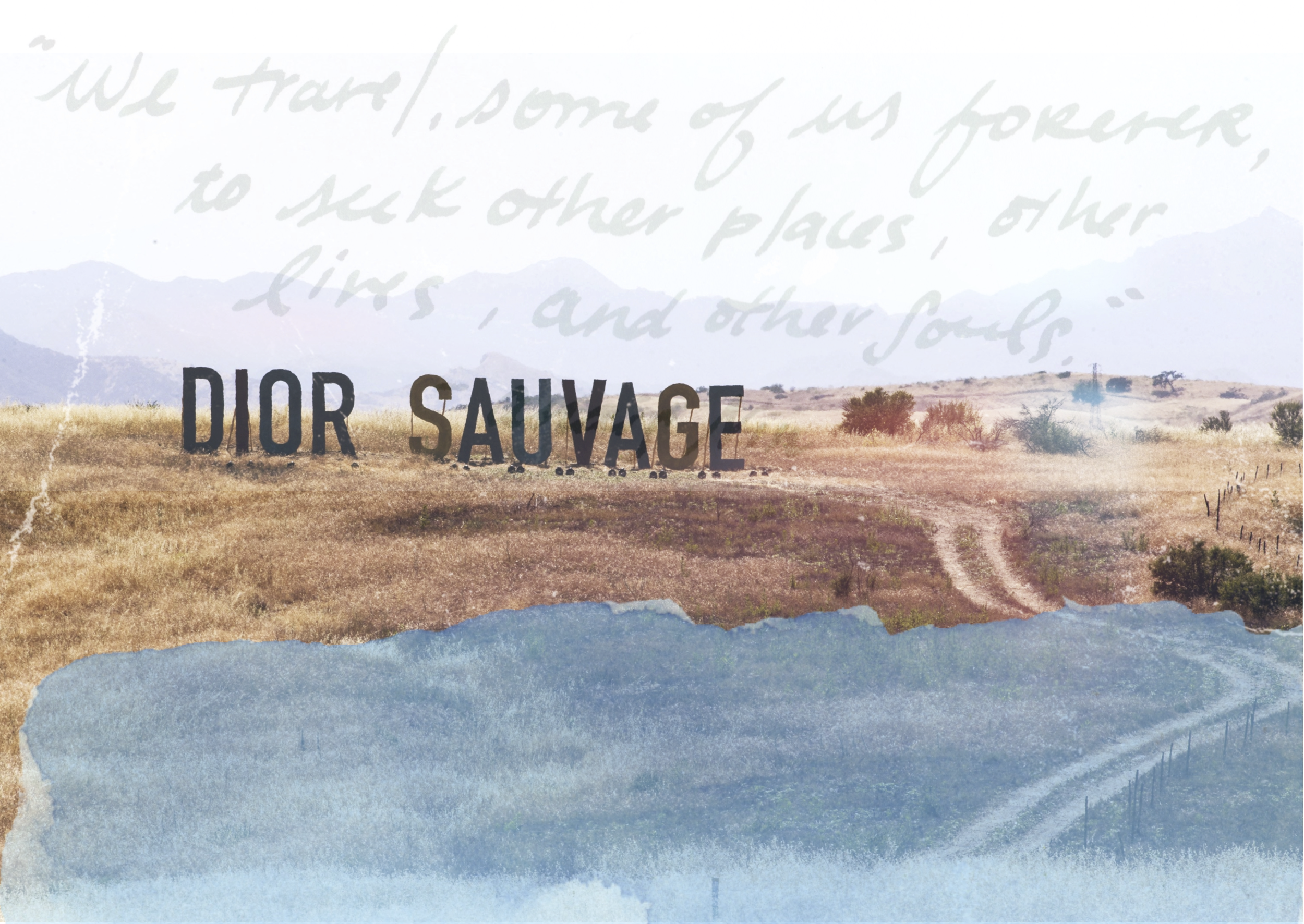[av_hr class='default' height='50' shadow='no-shadow' position='center' custom_border='av-border-thin' custom_width='50px' custom_border_color='' custom_margin_top='30px' custom_margin_bottom='30px' icon_select='yes' custom_icon_color='' icon='ue808'][av_heading tag='h3' padding='10' heading='The Runway Brief: Milan Fashion Week' color='' style='blockquote modern-quote modern-centered' custom_font='' size='' subheading_active='' subheading_size='15' custom_class=''][/av_heading][av_hr class='default' height='50' shadow='no-shadow' position='center' custom_border='av-border-thin' custom_width='50px' custom_border_color='' custom_margin_top='30px' custom_margin_bottom='30px' icon_select='yes' custom_icon_color='' icon='ue808'][av_one_full first min_height='' vertical_alignment='' space='' custom_margin='' margin='0px' padding='0px' border='' border_color='' radius='0px' background_color='' src='' background_position='top left' background_repeat='no-repeat'][av_masonry_gallery ids='2737,2738,2739' items='-1' columns='3' paginate='pagination' size='flex' gap='large' overlay_fx='' caption_elements='title excerpt' caption_display='on-hover' container_links='active' id=''][/av_one_full][av_one_full first min_height='' vertical_alignment='' space='' custom_margin='' margin='0px' padding='0px' border='' border_color='' radius='0px' background_color='' src='' background_position='top left' background_repeat='no-repeat'][av_textblock size='' font_color='' color='']
Day 18
Marni
(notes)
Architectural. Lots of movement - fluid. Bold primary colors - bright and dark which interacted well together (love). GEOMETRY CLASS YES. Shapes, colors, sparkle and shine! Lines everywhere. Clearly a protractor was used. Curved, straight whatever floats your boat. Unique, strong silhouette. However, was it perhaps to heavy? Were the materials too much? Too stifling?
[/av_textblock][/av_one_full][av_one_full first min_height='' vertical_alignment='' space='' custom_margin='' margin='0px' padding='0px' border='' border_color='' radius='0px' background_color='' src='' background_position='top left' background_repeat='no-repeat'][av_masonry_gallery ids='2736,2741' items='-1' columns='2' paginate='pagination' size='flex' gap='large' overlay_fx='' caption_elements='title excerpt' caption_display='on-hover' container_links='active' id=''][/av_one_full][av_one_full first min_height='' vertical_alignment='' space='' custom_margin='' margin='0px' padding='0px' border='' border_color='' radius='0px' background_color='' src='' background_position='top left' background_repeat='no-repeat'][av_textblock size='' font_color='' color='']
Day 17
Bottega Veneta
Tomas Maier served up a sporty collection (with an ace- hehe) and a took us into the great outdoors! The standout pieces were fabulous dresses made of polyester sail cloth, which made an haute couture silhouette (with a hiked up skirt) out of a humble fabric (similar to Ralph Lauren). I loved how these immaculate clothes didn't have an inch of pretentiousness- they actually fit the theme of being in nature where the materials seemed they had spent their days soaking up the sun with water splashed upon them: they were real. We like the real. on a boat lashed by waves. The show was full of thick trousers, hooded sweatshirts (!) and even jackets paired with brief bathing bottoms. This was a daring, new direction for B.V and if there is anything I can say it’s set sail!
[/av_textblock][/av_one_full][av_one_full first min_height='' vertical_alignment='' space='' custom_margin='' margin='0px' padding='0px' border='' border_color='' radius='0px' background_color='' src='' background_position='top left' background_repeat='no-repeat'][av_masonry_gallery ids='2721,2719,2718,2740' items='-1' columns='4' paginate='pagination' size='flex' gap='large' overlay_fx='' caption_elements='title excerpt' caption_display='on-hover' container_links='active' id=''][/av_one_full][av_one_full first min_height='' vertical_alignment='' space='' custom_margin='' margin='0px' padding='0px' border='' border_color='' radius='0px' background_color='' src='' background_position='top left' background_repeat='no-repeat'][av_textblock size='' font_color='' color='']
Day 16
Versace
Donatella is basically the Queen Bey of the fashion world and it was obvious especially tonight at the gigantic Citylife Palace which played host to a collection which made Naomi Campbell tear up and her good friend Riccardo Tisci declare this was her best collection ever. (Even Tim Blanks said it was “The biggest, best thing Donatella Versace has ever marched down a catwalk”!!) While I am a sucker for her regular razzle-dazzle, this collection was incredible and a definite stand out at MFW. First of all the collection was a tribute to the Equality Now NGO which is dedicated to ending violence and discrimination against women and this initiative and following ambition to tackle this issue is exactly what gave the clothing empowerment. The clothing was militant and the models ready to fight (like we all are) against inequalities and suffering and here we have it: the Versace Army. There was a range of khaki and camo, animal prints and feathered hems for that primal instinct, glazed raffia, all oozing power, independence and a sense of deconstructed utility wear never quite seen before.
[/av_textblock][/av_one_full][av_hr class='default' height='50' shadow='no-shadow' position='center' custom_border='av-border-thin' custom_width='50px' custom_border_color='' custom_margin_top='30px' custom_margin_bottom='30px' icon_select='yes' custom_icon_color='' icon='ue808'][av_one_full first min_height='' vertical_alignment='' space='' custom_margin='' margin='0px' padding='0px' border='' border_color='' radius='0px' background_color='' src='' background_position='top left' background_repeat='no-repeat'][av_masonry_gallery ids='2712,2711,2710,2709' items='-1' columns='4' paginate='pagination' size='flex' gap='large' overlay_fx='' caption_elements='title excerpt' caption_display='on-hover' container_links='active' id=''][/av_one_full][av_one_full first min_height='' vertical_alignment='' space='' custom_margin='' margin='0px' padding='0px' border='' border_color='' radius='0px' background_color='' src='' background_position='top left' background_repeat='no-repeat'][av_textblock size='' font_color='' color='']
Day 15
(unedited)
Pucci
Where was Emilio? Where were the iconic prints which define the house? Massimo Giorgetti, the newly appointed creative director and co-founder of MSGM, is sailing through choppy waters with his new vision for the heritage brand. The collection was appealing with modern mermaids scaling the runway, tangled in fishnets and reflecting the big blue (deep blues, metallics like the shiny scales of a tuna). While too literal in some cases - fish prints and octopus like tentacles hanging off the hem it did add complexity due to a sharp contrast between rock and roll (the slashed skirts and undone hems) and ladylike elegance (classic duster coats) resulting in a poised mismatch. Giorgetti presented a fun, interesting collection, I miss Pucci and I am sure his loyal customers will too.
Fendi
The soft clothes juxtaposed the hard concrete flower walls, runway (and invitation) and what is important to note is they aren't drawn from any inspiration according to Karl. They have elements of retro and elements of a sci-fi future and don't completely fit into any time period. The skeptics might say thats exactly the problem but isn't that the point of fashion? Always look forward? However, I could analyze a few references from way back when, such as those gigantic Tudor blouses with big mutton leg sleeves (not since Princess Diana's wedding dress has vavavoom- volume played such a key role in fashion!) Smocked milk made blouses were paired with short shorts as well as shown as a leather cropped romper a look which is questionable, but will surely make a splash in terms of general street style (either bare shoulders or oversize mutton shoulders - take your pick). The colors first in deep reds then blacks and army greens gave the collection a military filter, supported by the leather bomber jacket and the python brace covering the torso looked like a bullet proof vest. There was no excess or prettiness except the leather flower embroidery on the handbags but you could sense this collection was very industrial and mechanical - maybe corporate hands had a say what goes on into this collection? There was a lack of surprise and WOW!, a reaction Karl almost always guarantees, but no matter - still it was intriguing and paving the way for a new silhouette in 2016. (Plus: we still see Karl's creations on the runway next week!! I can't wait for the Chanel show! Highlight of the season!)
Moschino
Please don't call me a Debbie Downer. I promise you I do have a sense of humor and enjoy a good laugh as much as the next person and no I am not 97 years old complaining about how the kids are dressing these days. BUT. Hear me out. I know the brand Moschino and I DO think the quality is great, the ideas behind the pieces are innovative, and of course it makes me smile. It is a strong brand. It's loud, it's "funny", it's witty, there's a good pun in most pieces, the symbolism reflects pop culture, Jeremy Scott is fashion's current Andy Warhol. I know. After McDonald's, Barbie, and Looney Tunes the theme for this collection was.... car-wash couture. It was like watching a music video or a short piece at the theater. The music was booming model Anna Vreeland was dancing (again...) down the runway and the setting was literally a car wash spraying bubbles, traffic cones, barricades, signing reading "Models X-ing" oh and the invitation was a builders helmet. Talk about experience marketing. The runway was so complex and there was SO much happening, I honestly can't even remember or to be frank care about the clothing which is a shame as Scott is immensely talented. I simply find it a tragedy that we have reached a point were in the fashion industry, fashion seems to be second place? The fashion that did stick in my mind were the... are they actually allowed to do that? Chanel inspired dress suits and the use of a print of interlocking C clamps. The show was healthily instagramed and I am sure the small leather goods (some looking strikingly familiar to Anya Hindemarch's Traffic sign collection) will sell out like hot potatoes especially to Miley Cyrus and Katy Perry and to those inclined to adding atleast 12 #'s to their hourly selfie post. Ok that might be a little harsh but I failed to see the fashion. Maybe fashion should be next season's "theme".
Prada
Retro Eclectic is back and if I may say so, once again perfected by Miuccia Prada. The refined checks, tweeds, and stripes all came together in a visual feat with multiple textures satisfying every craving. The subversive tailoring which is Prada's competitive advantage (I just came out of my management lecture) gave traditional classics it's modern twist and reinterpreted the swinging 60's for a futuristic space age. Layering seemed to be the key in this collection - however not what you are thinking. While there was the obvious jacket over sweater over dress over pants, there were also slip dresses worn over chunky kits (!!), colorful mesh bibs over shirts and sheer dresses (??) over bright patterned skirts making them of course more muted. What a brilliant idea! The narrow pixel colored stripes looked very digital while the transparent palliated flowers gave a feminine touch to the incredibly marvelous coat. It was a glorious and an extension from last season's acidic colored, futuristic look. Bravissimo!!
[/av_textblock][av_hr class='default' height='50' shadow='no-shadow' position='center' custom_border='av-border-thin' custom_width='50px' custom_border_color='' custom_margin_top='30px' custom_margin_bottom='30px' icon_select='yes' custom_icon_color='' icon='ue808'][av_masonry_gallery ids='2691,2686,2685' items='-1' columns='3' paginate='pagination' size='flex' gap='large' overlay_fx='' caption_elements='title excerpt' caption_display='on-hover' container_links='active' id=''][/av_one_full][av_one_full first min_height='' vertical_alignment='' space='' custom_margin='' margin='0px' padding='0px' border='' border_color='' radius='0px' background_color='' src='' background_position='top left' background_repeat='no-repeat'][av_textblock size='' font_color='' color='']
Day 14
Gucci
Today Alessandro Michele proved his position as the ruling principe of Italian fashion (not just Italy mind you) serving up a rich kaleidoscope of brocade, satin, chiffon, and all that sparkles, leading us on a journey to far away lands. It was a mad mix of contrasts: we saw the old and wrinkly mixed with young, the new and the shiny with the old and tattered, the complete with the unfinished, the poised and the relaxed, but this wasn't a fight of paradoxes - they were complimenting ingredients. The personality of the collection was full of poetic, intellectual romance and warm tenderness - like a frail, high school bookworm crouched in the corner table at the library with massive glasses sliding down her nose, completely emerged in the readings of Charlotte Brontë - but showed a degree of immense power and reason to think twice (the show opened with a BOOMing thunderclap and a 3D like snake was printed all over the runway carpet, suggesting that the Gucci girl is not meek and not afraid of anything! Kind of like the mouse showing the lion who’s boss.)
The genius of Alessandro is that he can make a piece which is at first glance old, 1970s, vintage-y and something your grandmother could wear into one that is hyper-modern, fresh and desirable today in 2015 and beyond. Examples of accessories would be the statement jewelry pieces of embroidered eyes, mouths, and ladybugs (adorable) costume rings, beaded birds, boxy handbags, and the mary jane high heels (Sidenote: while the collection was brilliant, why are super high heels back? I don’t understand. I was just getting accustomed to the furry loafers :(.
Madeleine de Scudéry’s Carte de Tendre from 1654 described as “a map of tenderness, a moving topography of desire” was the starting point for the collection and how the show took us on exotic adventures (one model even held a matching suitcase). Printed on dresses were ancient maps, Egyptian hieroglyphics, and Japanese style embroidery and other diverse references including the flora and fauna of exotic destinations. Also important to note - one male model was wearing a Hawaiian T-Shirt - this still does not make it ok for your male loved ones to rock the Tommy Bahama (sorry Dad :) ). Also, with the music of hushed Spanish voices and a setting seemingly very Moroccan, we were taken on a glorious adventure.
Final word- very arts and crafty, very 1970s interior designer’s mood board, pussybow blouses are still all the rage, bigger the glasses the better, longer the skirt the funkier, don't be afraid of color clashes, and the matching printed brocade suit is a must.
Alberta Ferretti
According to Alberta Ferretti, the desert is “free, there’s movement, there are possibilities.” The desert being the set and inspiration of the SS16 collection offered an atmosphere that was adventurous and exotic, setting the soul and imagination free. The color palette was organic with tans, neutrals, and warm cremes, but also of crisp whites which were magnificent in the lacy cotton dresses- a touch of “Out of Africa” with a Victorian spirit reminding us that Ferretti knows what she is doing when it comes down to pretty always-red-carpet-worthy dresses. While it was not in your face glamor, the pieces being real, earthy and slightly frayed, they had an authentic personality and culture which was raw and effortlessly chic. My favorite pieces were the final dresses which looked like the wings of a butterfly wrapping around the torso. Nature really inspired this show and was felt with lightness and ease.
Fausto Puglisi
Amongst the range of seashell embroidery, must have cowboy boots, luscious draped dresses in pop colors, there were mixed feelings about today’s Faust Puglisi show. At least for me, I didn't quite understand where the direction of the collection was taking us- we saw the Wild West, beautiful references from Puglisi’s Sicilian hometown, and flashbacks from Gianni Versace such as the studded bondage strap pieces, which were strong ideas but questionable in execution. Madame Grès and Halston were Puglisi’s reference points and are to blame for the wonderful draped chiffons and jerseys reminding us of classic Roman sculptures but the link from these tender, light, whispers of cloths to the razzle dazzle of the rodeo were Wonder Woman made an appearance- it simply didn't make sense even if they were “good”. While strokes of genius appeared in the embroidery imbedded between seashells and the Swarovski crystals and punk edge, it lacked a flowing theme and that was missed.
[/av_textblock][/av_one_full][av_social_share title='Share this entry' style='' buttons='' share_facebook='' share_twitter='' share_pinterest='' share_gplus='' share_reddit='' share_linkedin='' share_tumblr='' share_vk='' share_mail=''][/av_social_share][av_comments_list]



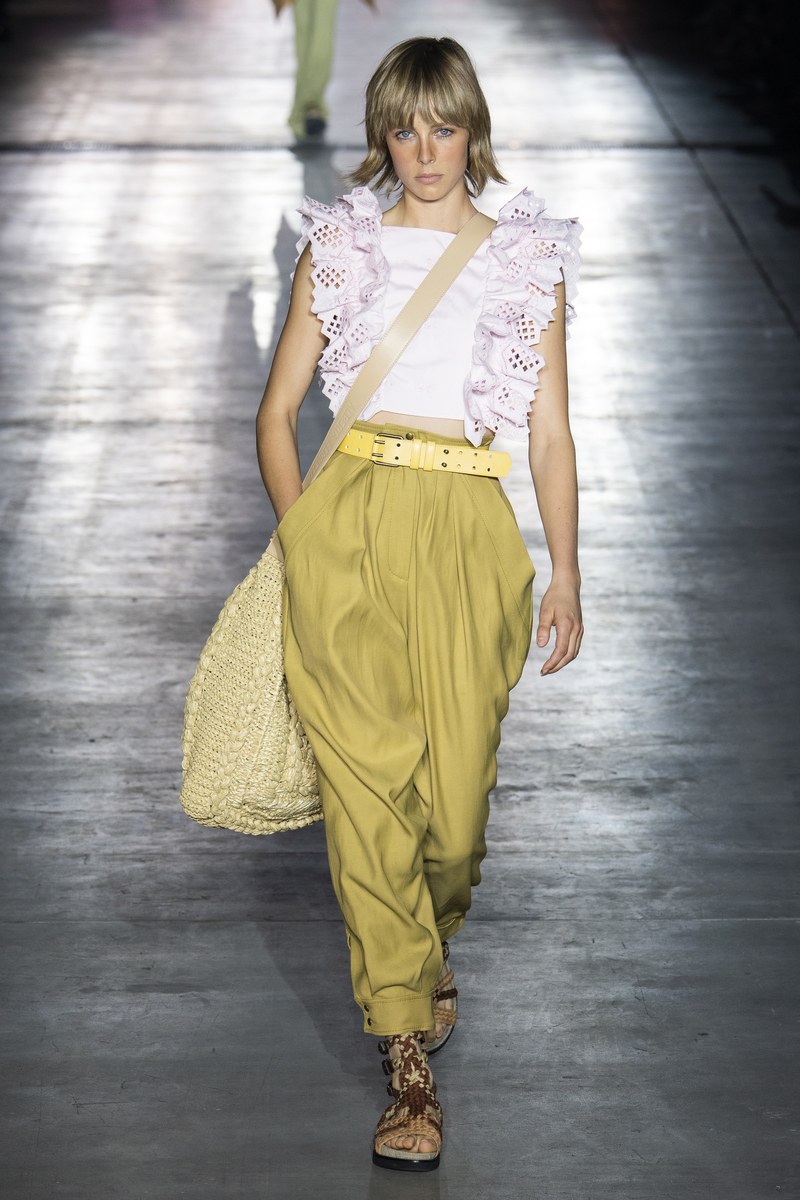





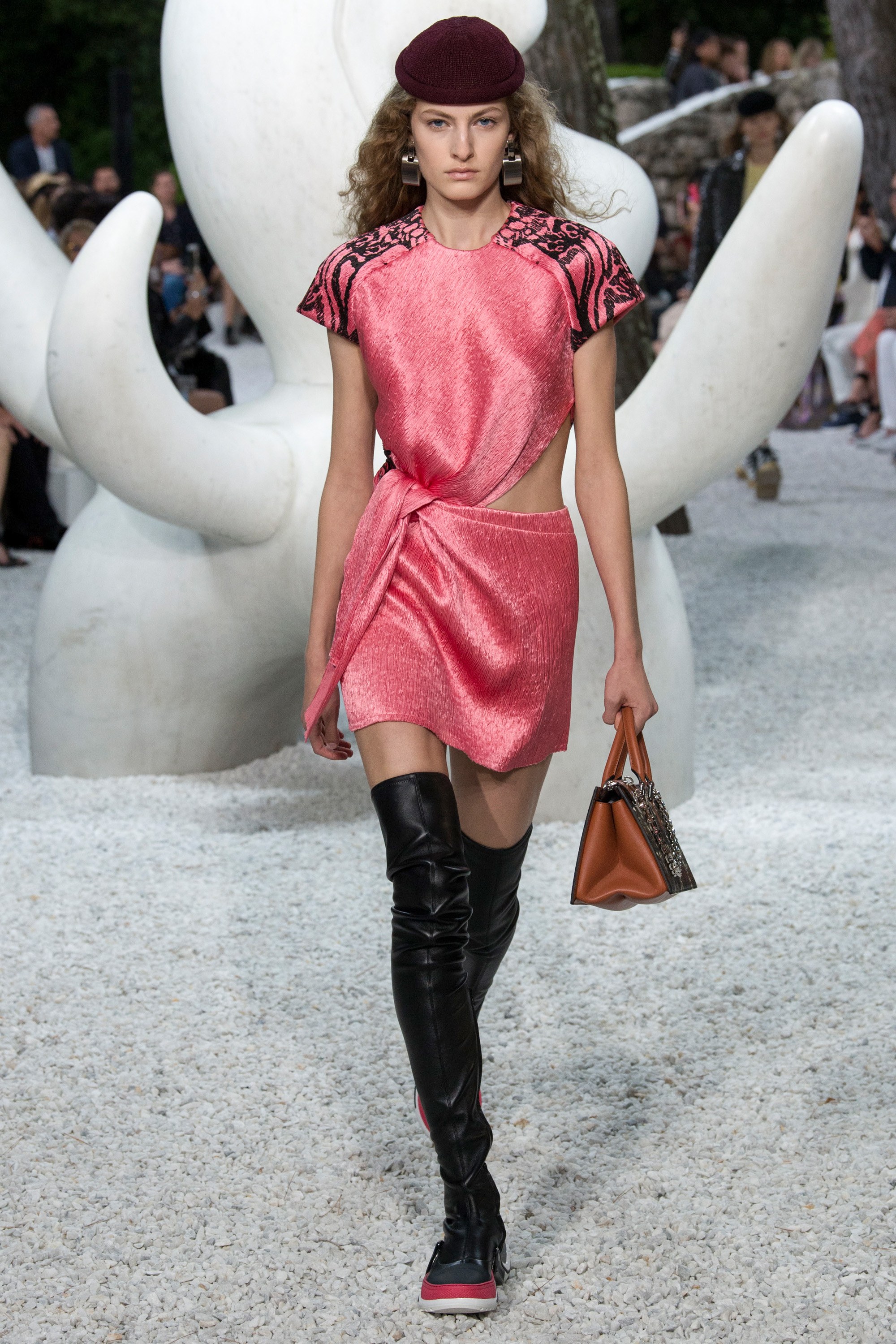
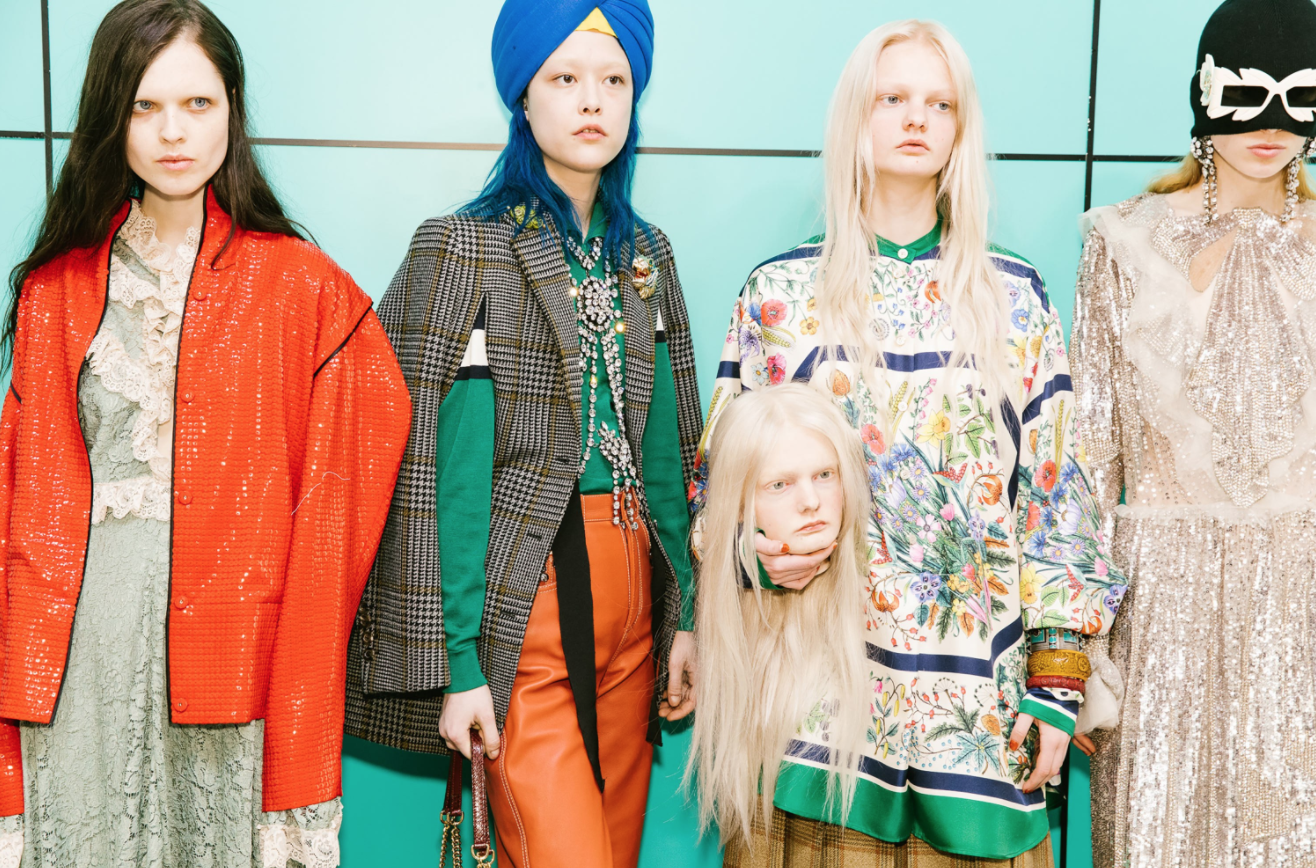
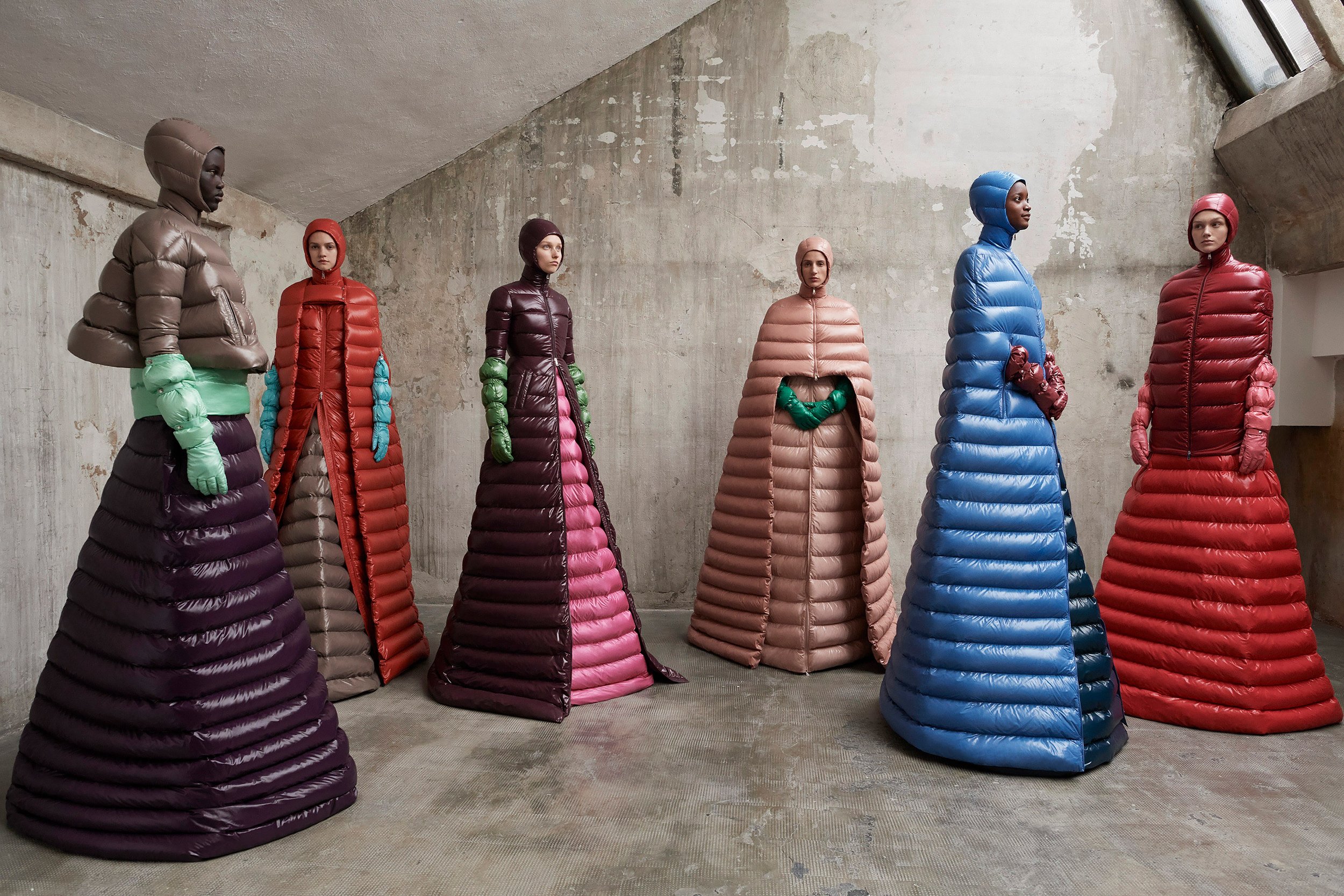
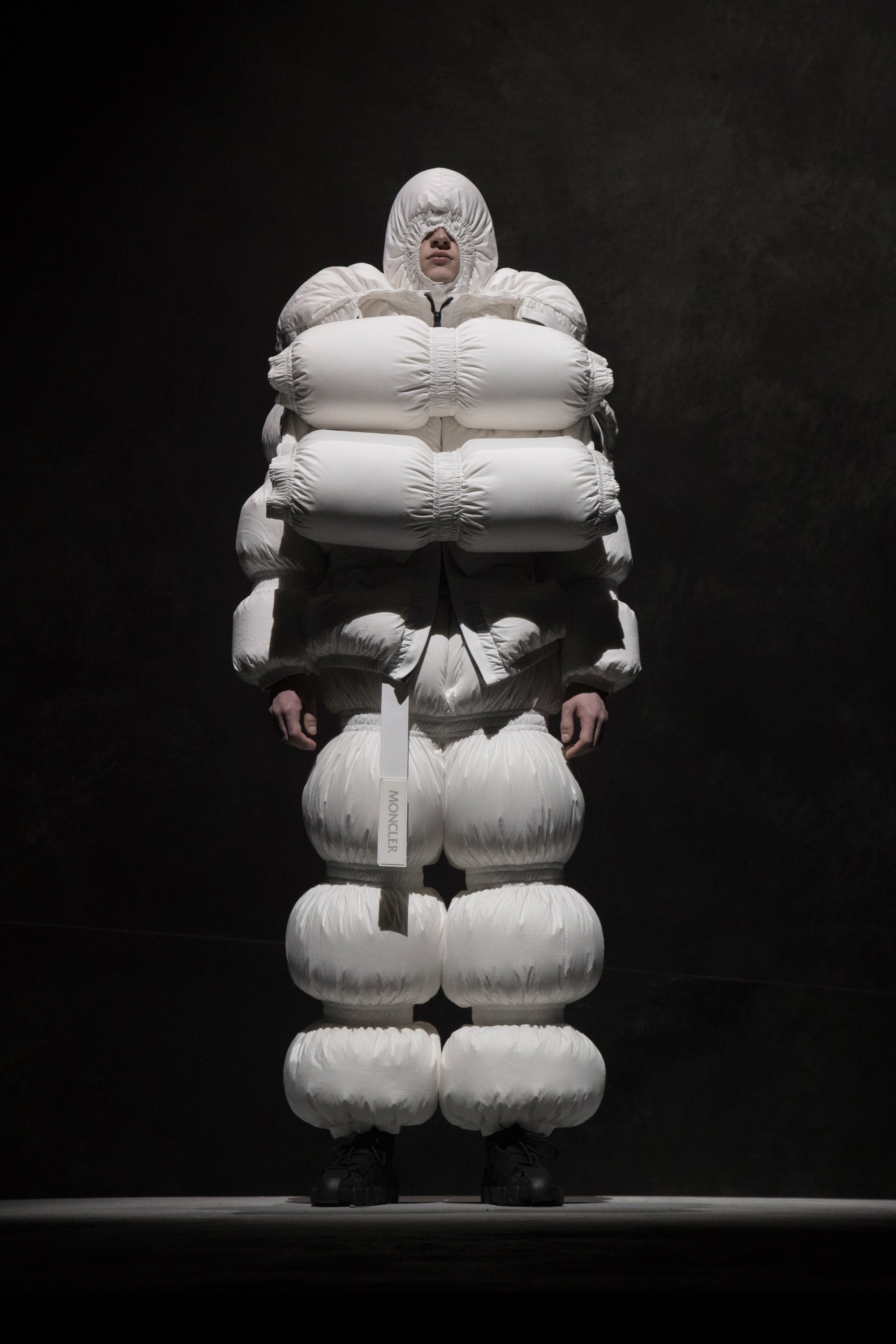

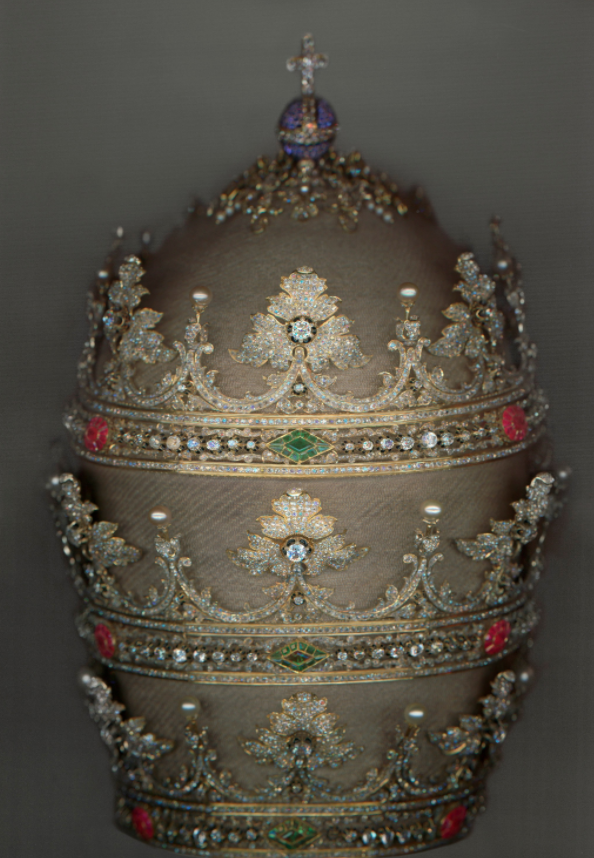
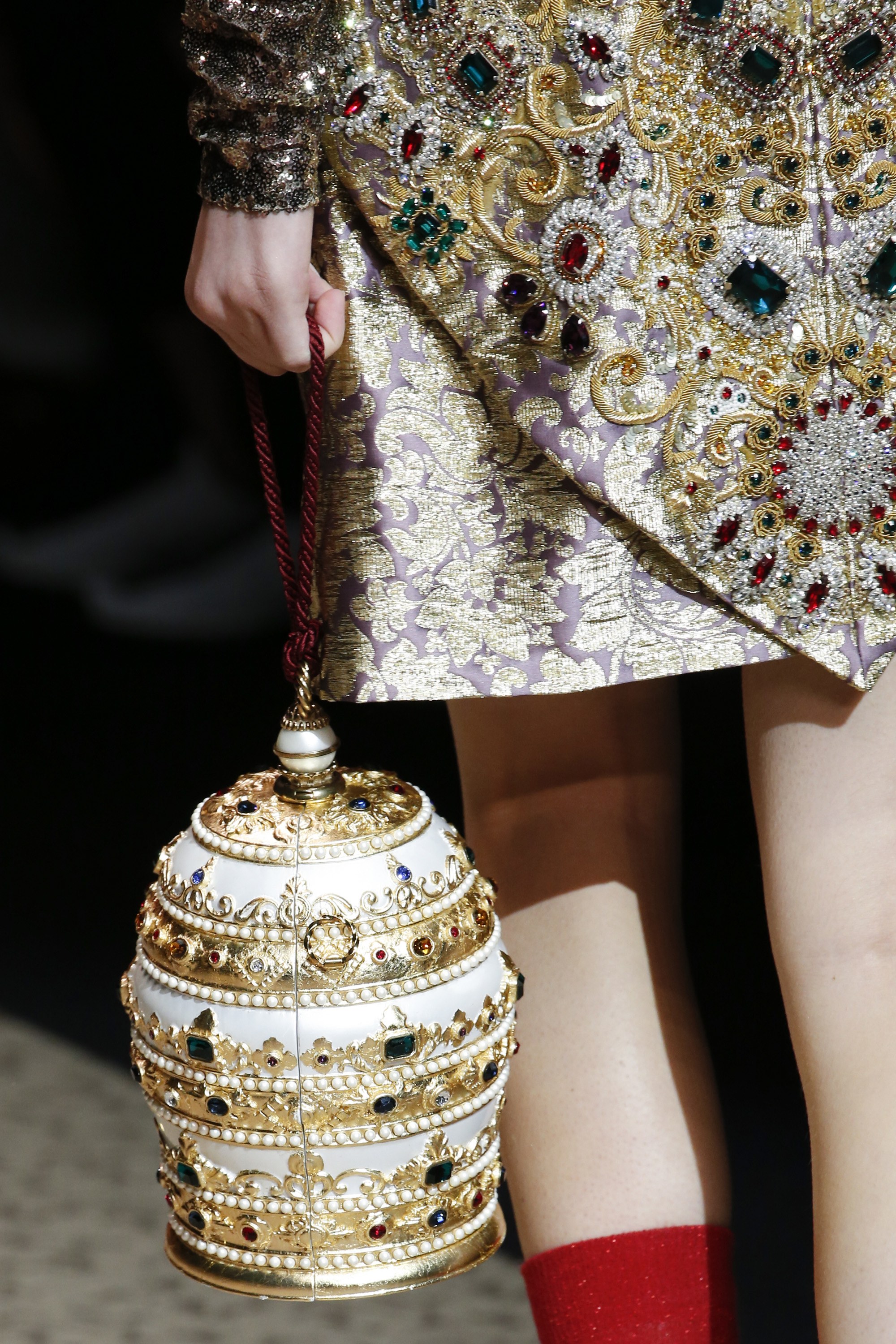
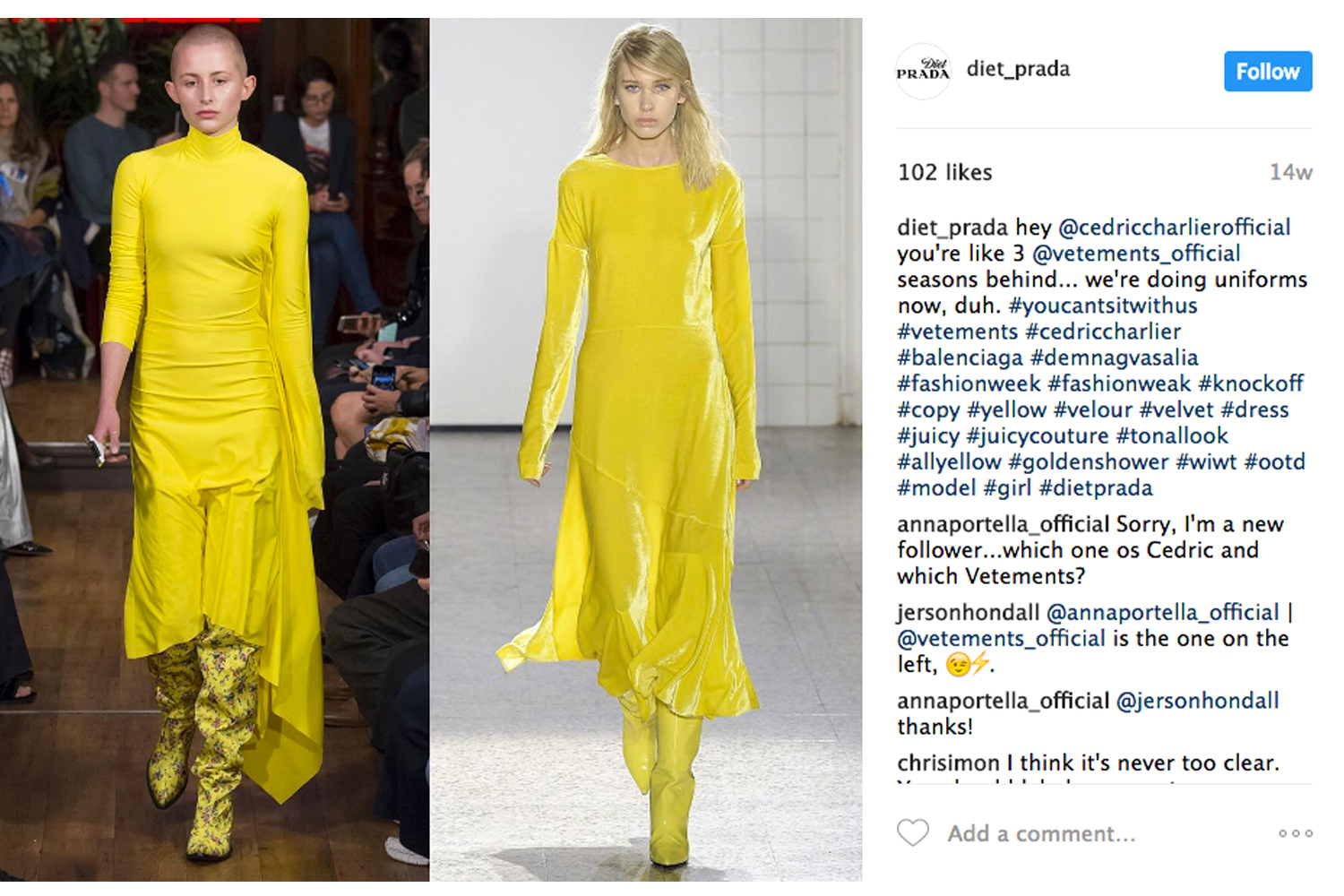 What continues to dominate as one of the most hyped about Instagram accounts for fashion enthusiasts is none other than the sharp-tongued, ever-fierce
What continues to dominate as one of the most hyped about Instagram accounts for fashion enthusiasts is none other than the sharp-tongued, ever-fierce 